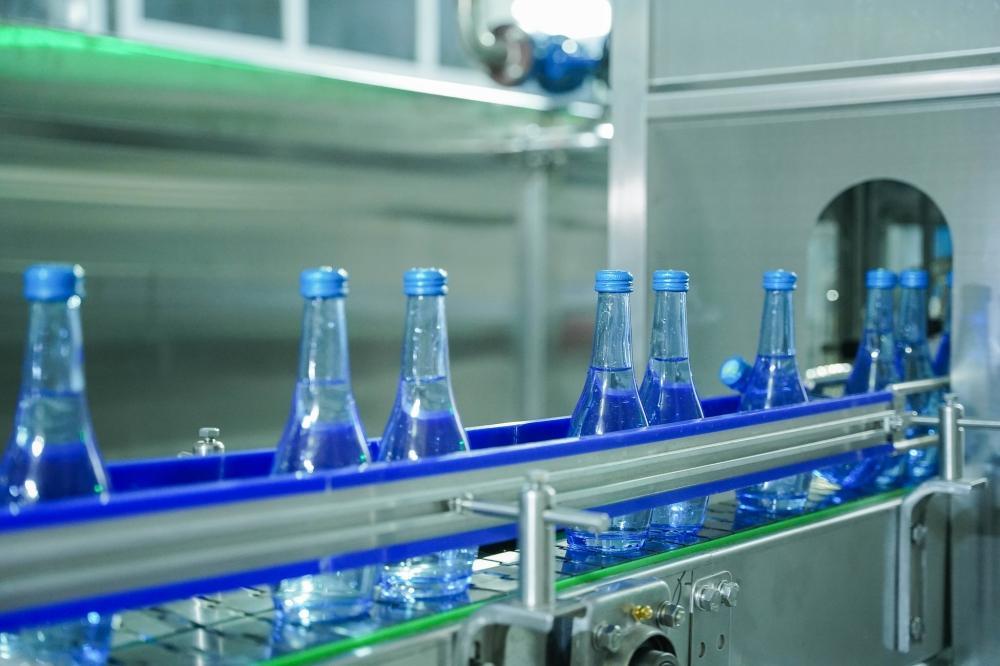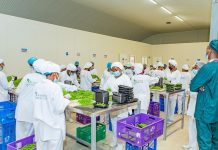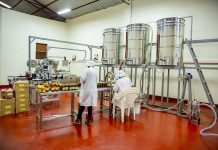Africa-Press – Rwanda. The government is ramping up efforts to attract potential investors to establish a factory that will produce glass bottles and window glasses to meet the growing demand.
The demand for glass bottles is expected to rise to 24,179 tonnes in 2027, up from 21,816 tonnes in 2023.
The gap in glass packaging materials is currently 100%, as there is no domestic production of these types of packaging materials, which calls for investment promotion.
Prudence Sebahizi, the Minister of Trade and Industry, said there are sand reserves suitable for glass manufacturing, which are available for extraction for the next 700 years.
The glass factory is set to be established under a six-year packaging strategy developed in 2022.
The implementation cost of the packaging strategy was estimated at $1,714,500.
Here is what you need to know about the type of sand needed, reserves, required investment, projected glass production capacity, and more.
Type of sand for glass manufacturing in Rwanda
Silica sand has a variety of uses across different industries due to its high silica content.
Silica sand is a key ingredient in making glass, including windows, bottles, and fiberglass.
Silica sand is also used in ceramics and pottery, especially in the production of tiles and sanitary ware.
It is also a major component of concrete, mortar, and other construction materials.
The production of glass also requires a sufficient supply of dolomite, limestone, soda ash, feldspar, and saltcake.
Primary deposit quantities and locations
Raw materials for glass are available in viable quantities, according to the Rwanda Development Board (RDB).
RDB has urged investment in glass manufacturing, utilizing the high-quality sand resources available in Rwanda to develop both a flat and a container glass factory for the domestic and regional markets.
According to an RDB feasibility study, current prices could be reduced by 30%.
The study indicates that there are 5,100 megatonnes of sandstone reserves in Kirehe District.
A sample from the Kirehe deposit showed a promising silica content of 98.9%.
One megatonne is equivalent to 1,000,000 tonnes, so 5,100 megatonnes equals 5.1 billion tonnes, which is enough to last roughly 700 years.
Sandstone is a type of sedimentary rock composed primarily of sand-sized mineral grains, most commonly quartz.
This makes up 70% of the raw material inputs for glass manufacturing.
The study also shows that limestone deposits, which account for 10% of raw material inputs, were found in large quantities in the Northern Province in Rulindo, Burera, and Musanze districts, as well as in the Western Province in Karongi and Rusizi districts, where seven megatonnes of deposits were discovered.
These limestone resources are enough to support 475 years of the project’s operation.
The study suggests sourcing soda ash from outside, specifically from countries such as Tanzania and Kenya.
Kenya produces 303 kilotonnes (one kilotonne is equivalent to 1,000 metric tonnes) annually.
Soda ash, also known as sodium carbonate, is a white, odorless, water-soluble powder or granules.
Soda ash is a key ingredient in making glass, where it lowers the melting point of silica, making the glass-making process more efficient.
Rwanda also has significant reserves of dolomite, which is also important in the production of certain types of glass.
These reserves are sufficient for roughly 80 years of operation.
Investment and production capacity
At least $85 million is required for flat glass manufacturing and $150 million for a container glass factory.
Flat glass is a type of glass that is initially produced in plane form and is commonly used for windows, glass doors, transparent walls, and windscreens.
Container glass is used for the production of glass containers, such as bottles, jars (wide-mouthed cylindrical containers made of glass), and drinkware (glasses, cups, and other containers used for holding drinks).
There is a requirement to produce 220 metric tonnes of container glass, generating $45 million in annual revenue, and 400 metric tonnes of flat glass each year, generating $75 million in annual revenue.
For More News And Analysis About Rwanda Follow Africa-Press






